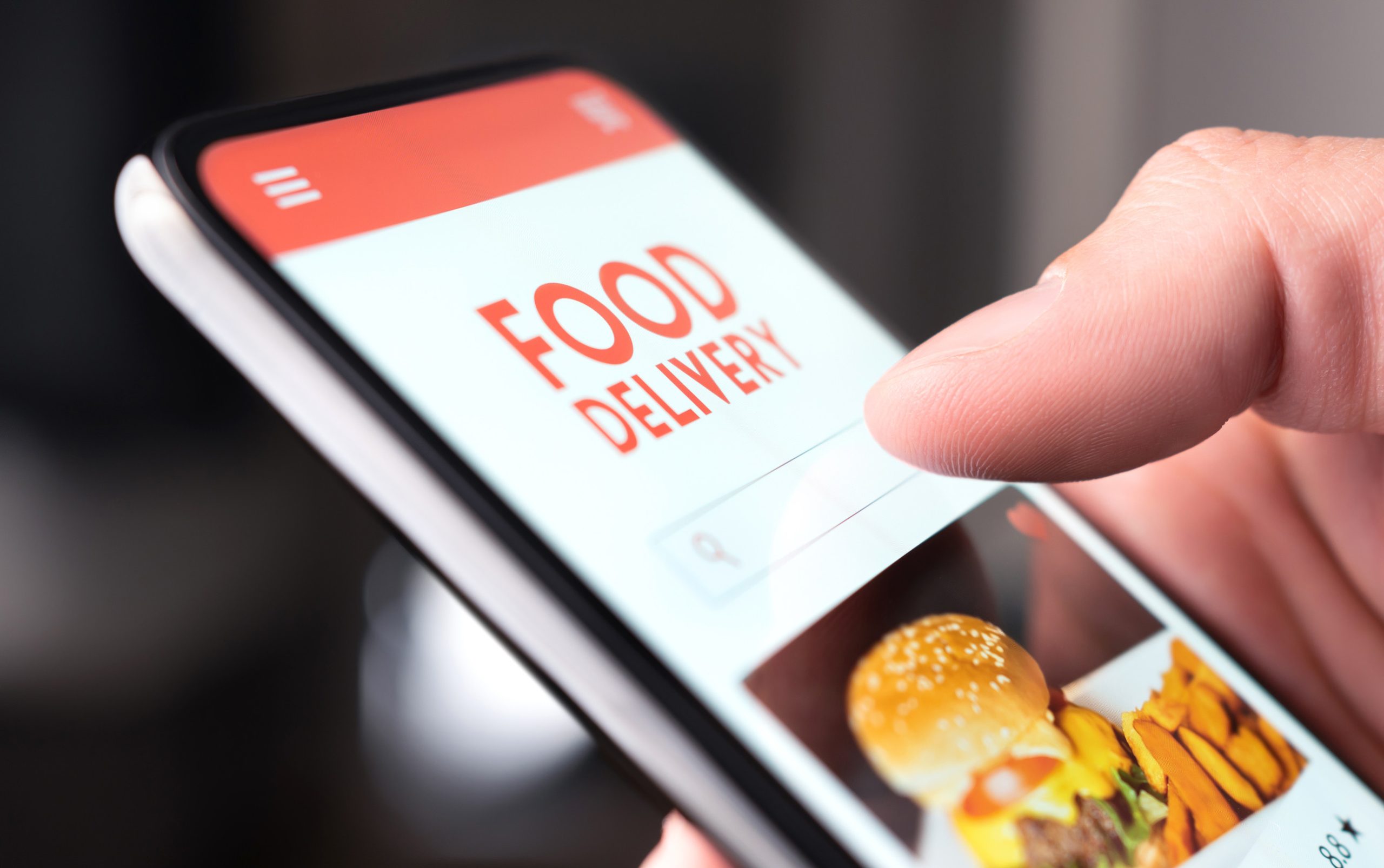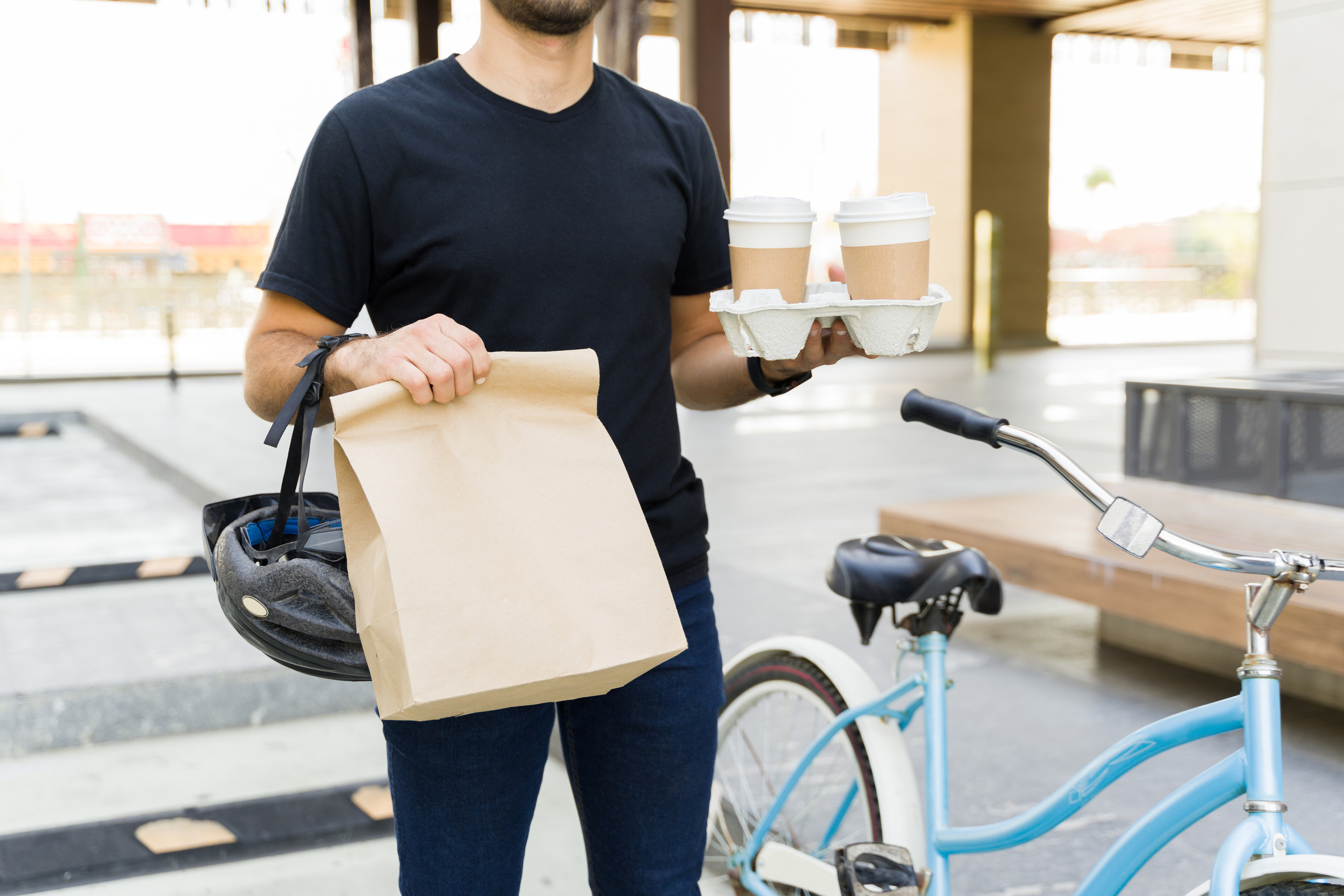Food delivery apps are supposed to make life easier—tap, order, eat. But lately, many people have noticed a strange trend: the total at checkout is way higher than expected. Somewhere between choosing your burger and hitting “place order,” new fees magically appear.
These sneaky add-ons are wrapped in vague names like “service fee,” “regulatory fee,” or “temporary city adjustment.” It almost feels like ordering dinner has turned into solving a financial puzzle you never asked to play.
The Service Fee Shuffle
The most common extra charge shows up as the dreaded service fee. It’s not the delivery fee, not the tip, and not the food price—it’s just… there. Apps claim this covers “operational costs,” which could mean anything from paying drivers fairly to keeping the servers online. The frustrating part is that it’s rarely explained clearly, leaving users scratching their heads. It feels less like a service and more like a surcharge for daring to be hungry.
Delivery Fees That Change Like the Weather
One day, delivery is just $2.99. The next, it’s nearly double, with no explanation except maybe “high demand” or “busy driver times.” Apps say these fees keep drivers on the road when orders spike, but the unpredictability makes it tough to budget a meal. Customers often feel like they’re being penalized for ordering during dinner—aka, the main time anyone wants delivery. The shifting delivery fee structure turns eating in into a gamble.
The Regulatory Recovery Riddle
Many apps add something called a “regulatory recovery fee,” which sounds like a tax but usually isn’t. Instead, it’s the app’s way of passing on costs from local regulations, like worker protections or city delivery rules. While the fee may help companies offset new requirements, the vague wording confuses customers. Most people assume it’s government-mandated when it’s often just a business decision. That lack of transparency breeds distrust, even if the fee has some justification.
Small Order Surcharge, Big Annoyance
Think you’re being frugal by ordering just one taco? Apps might slap you with a “small order fee” to make up for the low total. Their logic is that delivering a $6 order costs them nearly as much as a $25 one, but the wording makes it sound like punishment. For budget-conscious eaters, this fee feels like a penalty for being sensible. Instead of saving money, you end up buying more just to dodge the charge. The small order surcharge often pushes people to order items they didn’t even want.
Convenience Fees That Aren’t Convenient
Convenience fees are a favorite mystery charge because they sound nice but do the opposite. Customers already expect convenience to be built into the delivery service itself. Paying extra for “convenience” is like paying an entrance fee to your own kitchen. Apps rarely break down what convenience fees cover, leaving them feeling arbitrary. The result is a growing sense that convenience comes at a high—and unnecessary—price.
The “Other Fees” Black Hole
Sometimes, an app just throws in “other fees” with zero explanation. These line items are the digital equivalent of fine print that nobody understands. They might cover everything from packaging to marketing, but customers are left guessing. The ambiguity makes the checkout screen feel like a bill from a mystery subscription service. With no clear definition, “other fees” become the ultimate trust erode.
Menu Markups Behind the Scenes
Even before the fees stack up, many restaurants raise menu prices on delivery apps. That $10 burger might only be $8 in person, meaning you’re paying extra before checkout even begins. Apps often allow or encourage this to offset commission rates, but most customers don’t realize it. The silent markup feels like a hidden toll for choosing the app. Add in the fees afterward, and the meal total starts spiraling.
Ghost Charges and Glitches
Every so often, users report charges that seem to appear by accident. Maybe an extra $1.50 shows up under a cryptic label or a fee that doesn’t apply to their location. While apps usually fix these mistakes, the damage to trust lingers. People don’t want to triple-check a receipt for a sandwich order. A glitch charge might be rare, but it reinforces the suspicion that apps aren’t playing fair.
Why Transparency Matters
At the heart of the frustration isn’t always the money—it’s the lack of honesty. Customers would accept some fees if they were clearly explained and consistent. Instead, the vague labels and shifting amounts make users feel misled. This creates a toxic mix of confusion and resentment toward apps they once loved. Transparency isn’t just ethical—it’s good business for keeping customers loyal.
How Customers Fight Back
Many hungry users have started to push back by calling out apps online. Social media is full of screenshots of outrageous fee breakdowns that spark viral outrage. Some customers switch to pickup orders to dodge delivery costs entirely. Others migrate to apps that promise “no hidden fees” as their main selling point. The backlash shows that people aren’t just annoyed—they’re actively changing their habits.
What the Future Could Look Like
As competition heats up, some delivery apps are rethinking how they show charges. A few are experimenting with upfront pricing that includes all fees before you start adding food. Others are under pressure from lawmakers to disclose costs more clearly. If transparency becomes the standard, the days of hidden charges may finally fade. Until then, customers will keep navigating the maze of mystery fees with every meal.
The Price of Convenience
Food delivery apps have changed how people eat, but the trust issue around hidden fees is growing louder. From service charges to vague surcharges, the checkout screen often feels more like a trap than a transaction. The real fix isn’t eliminating fees altogether but making them clear, consistent, and honest. Apps that embrace transparency could win loyalty, while others risk being left behind.
What do you think about all these mystery charges—are they fair, or are they just taking advantage? Share your thoughts in the comments.
You May Also Like…
8 Delivery Habits That Quietly Signal You’re Not Home Often
5 Foods Marketed as Healthy That Are Banned in Schools
10 Food Trends That Are Raising Health Alarms in 2025
Why Do Payday Advance Apps Keep Expanding Despite High Complaints?
5 “Safe” Apps That Lock You Into Difficult Financial Modules


